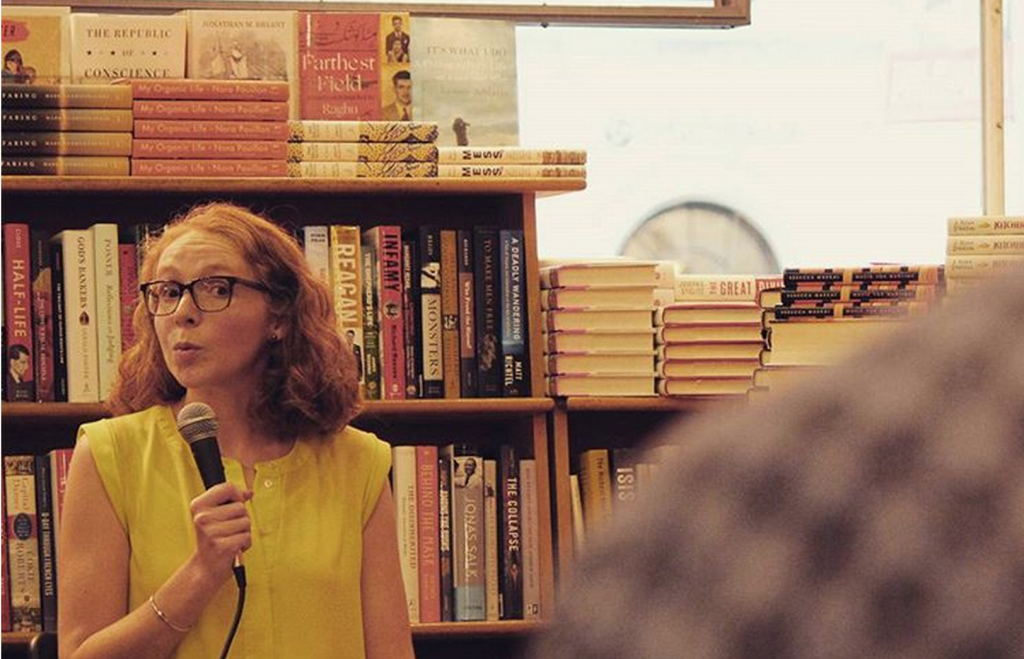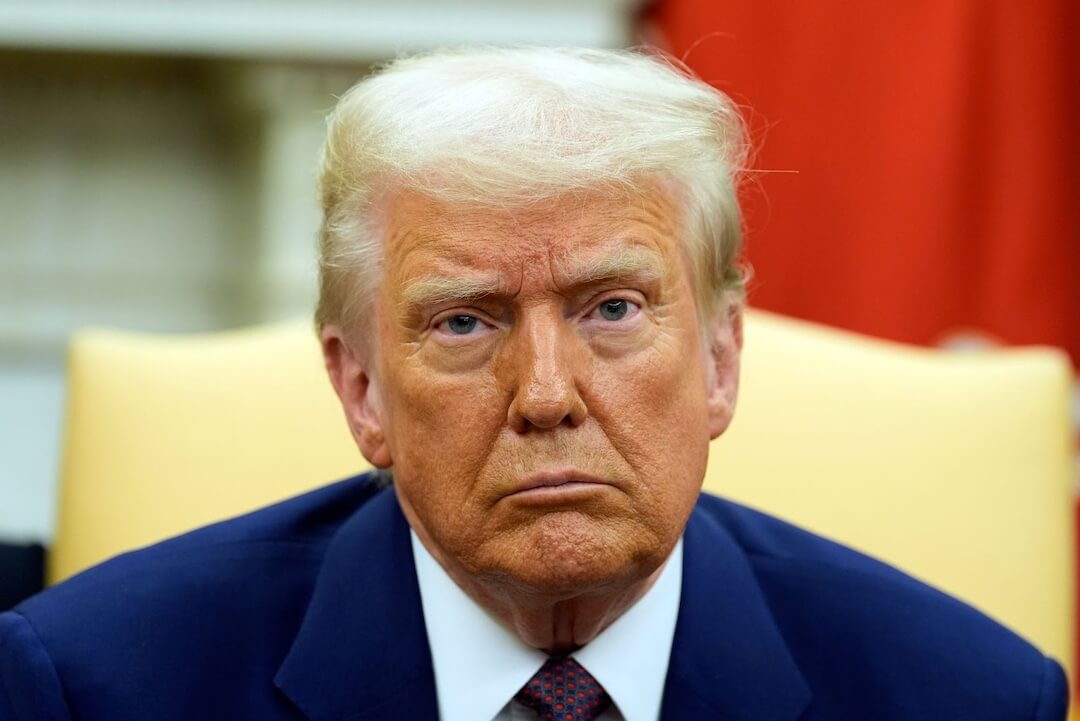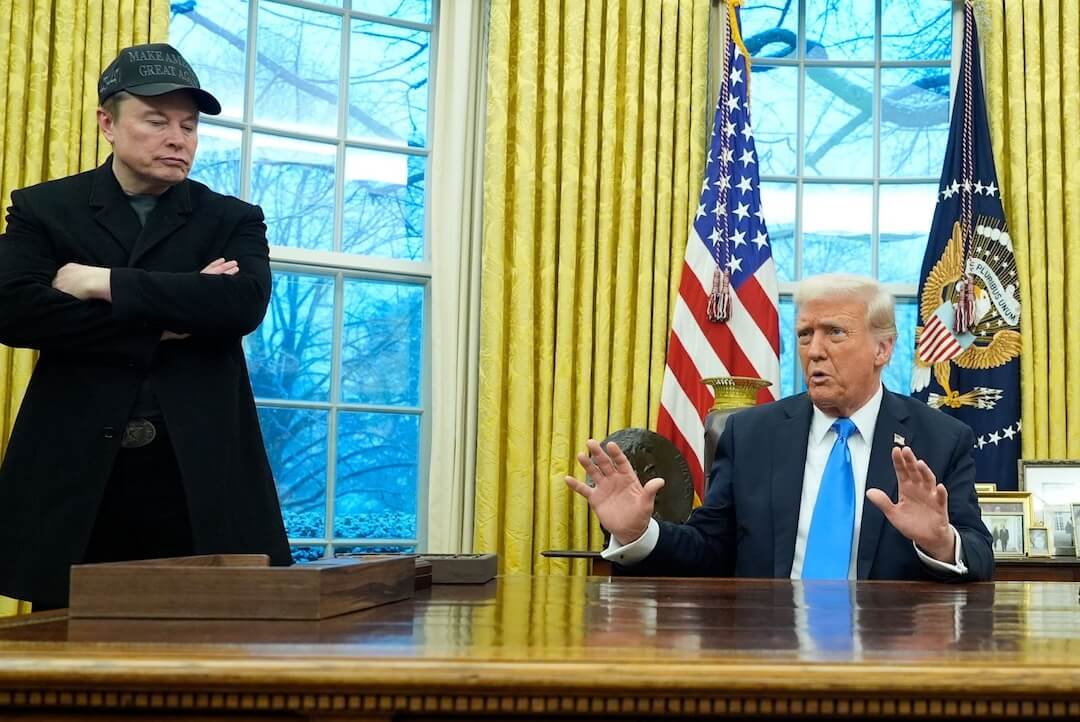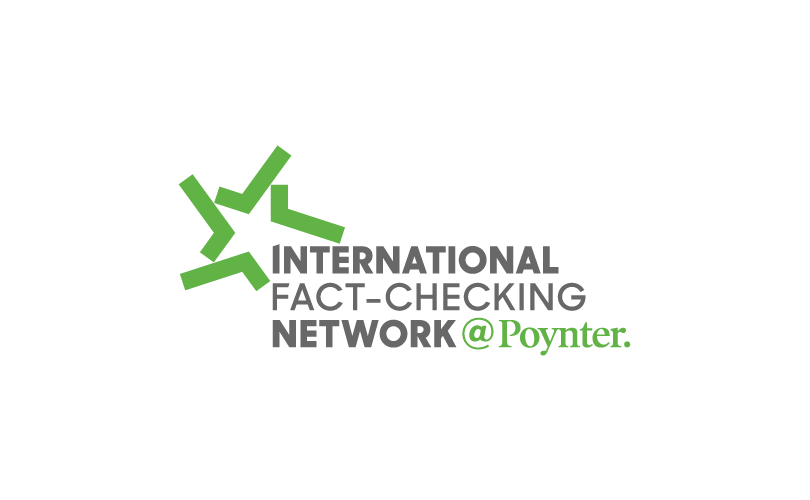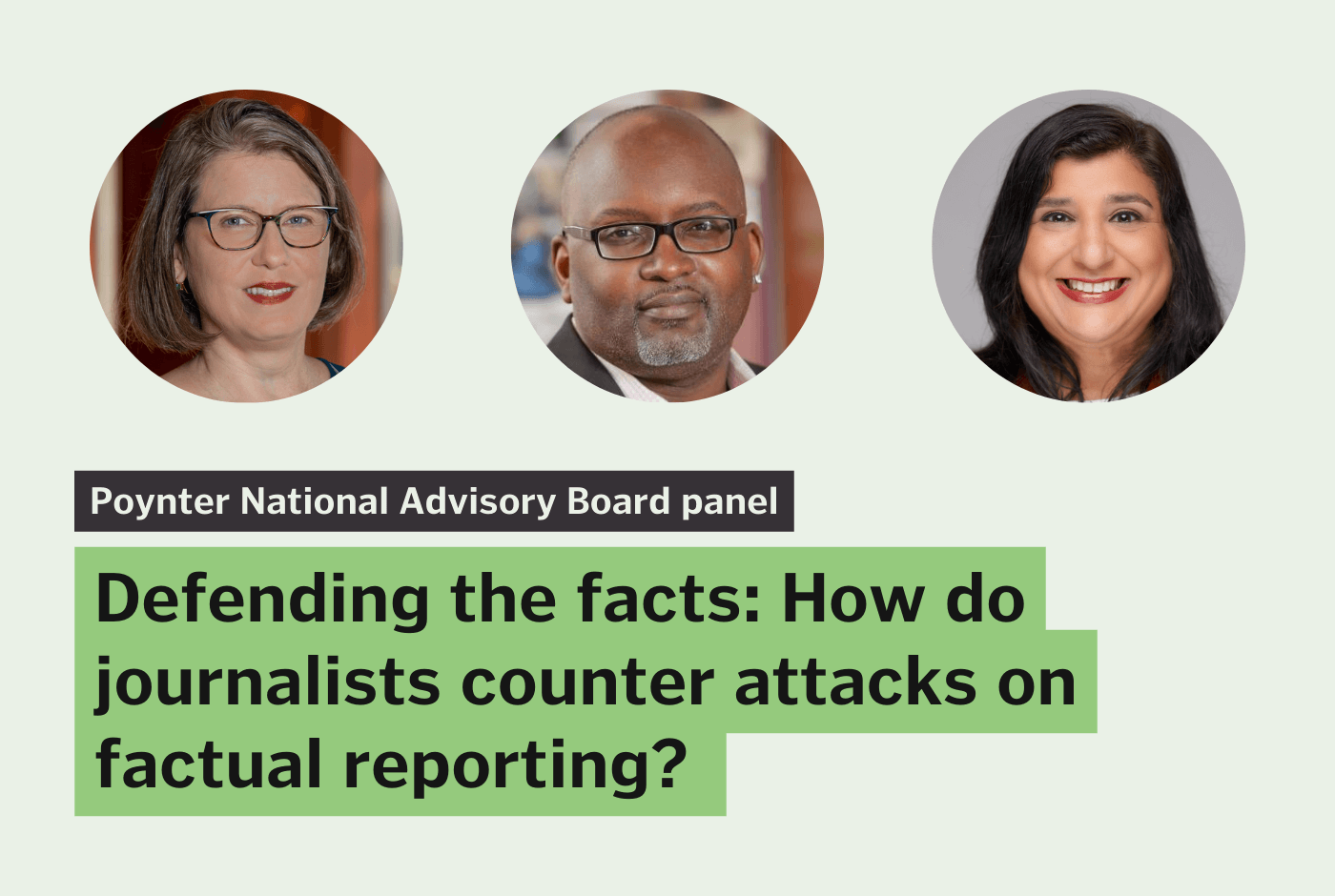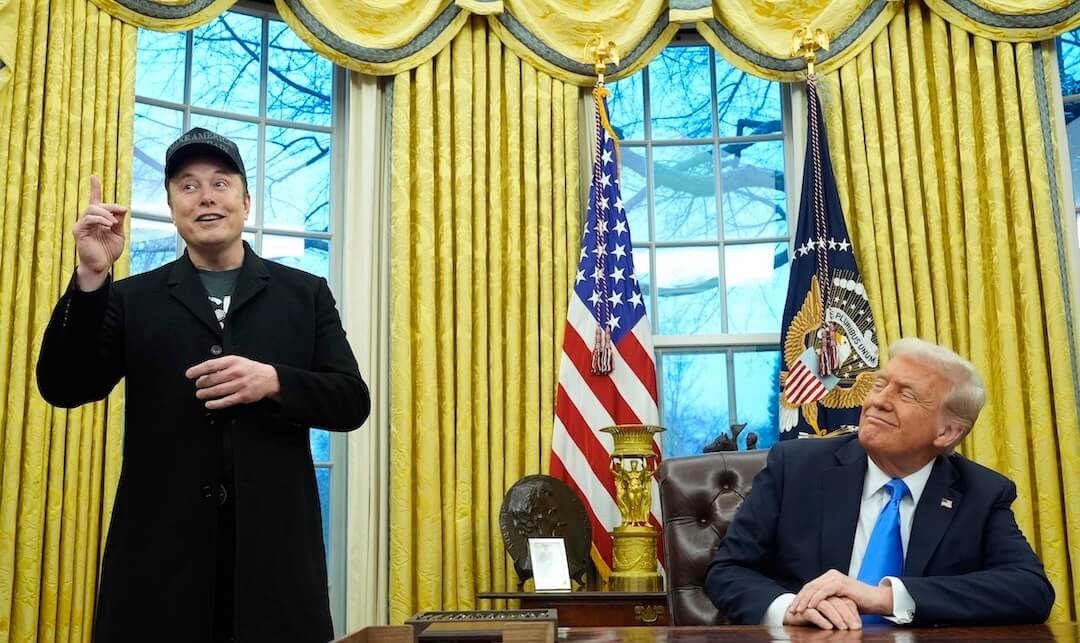The public media world headed to Pittsburgh recently for its annual look at programming.
Among the more interesting things to come out of the PRPD conference was this: public media is having a tough time attracting younger listeners during drive-time. Tim Eby, the general manager of St. Louis Public Radio, noted in a Medium post that the number of people 25-34 listening to Morning Edition was down 19% in the past year.
“THIS IS A BIG DEAL,” he wrote.
And it is a big deal. Stations are struggling with how to cater to younger audiences who, as Tim writes, “want control of their audio content” and favor on-demand content over streaming or appointment radio.
This is not new news. The Media Insight Project’s March 2015 report on millennial news habits noted that 18-34 year olds “tend not to consume news in discrete sessions or by going directly to news providers. Instead, news and information are woven into an often continuous but mindful way that millennials connect to the world generally, which mixes news with social connection, problem solving, social action, and entertainment.”
In the session Tim refers to at PRPD, public radio staff learned about the listening habits of millennials, culled from a recent Edison study. I followed the session on Twitter with the conference hashtag, and I saw this tweet:
Millennials just called "lazy" in #PRPD15 session. And people wonder why I reject that generational label. #notallmillenials
— Tayla Burney (@taylakaye) September 30, 2015
Tayla Burney, a producer at WAMU’s Kojo Nnamdi Show, later wrote on Facebook that she found the overall conference was exciting, but that she was left a bit perplexed by the session on millennials:
I’m lucky to work at a station where many of the leaders will listen to and value their younger staff members, but in some of the general sessions it was clear to me that not all Program Directors do. In one breakout session, millennials — the very audience they were talking about trying to attract — were called ‘lazy’ and generally discussed as if they were martians.
I wanted to tell him: WE ARE HERE! We are working for you – tirelessly! – and we are so passionate about this work and excited about the future. And, yes, we’re obviously already won over, but we have ideas for how you can reach our friends who aren’t. And insights into how the industry can keep our attention and retain our talent.
I reached out to Tayla because soon after leaving the conference, she formed a Facebook group for Public Media “millennials” to discuss their work and ways they could help their stations attract younger audiences.
And I think Tayla’s also onto something else: Public media must not only think about retaining or attracting a younger audience, but about retaining and attracting younger employees, who are increasingly seeing more opportunities for creative growth elsewhere. (And don’t want to leave the mission-oriented world of public media.) I’ve talked to a number of people across public media over the past several months who have told me that they’re just waiting “for someone to retire” to be able to implement a new idea, or grow within their organization. Or they get tired and jump to a media company where their ability to try things isn’t hampered by their age.
This is not specific to public media, of course — and there are stations where this doesn’t seem to be the case. Tayla works for one of them, so I reached out to her to see what others could learn from her, the Kojo show, and what WAMU is doing to capture good ideas no matter who has them internally.
You created a public media millennials Facebook group. What’s the purpose of the group and why did you create it?
The idea for the group came out of the PRPD news/talk breakout session when a gentleman – I truly don’t know who he was – referenced the challenge of capturing a younger audience and said something along the lines of “we know millennials are lazy.” He prefaced it by saying it was something he’d heard from an “expert” on the generation he’d interviewed. It struck me as a weird thing to say about any audience you would like to appeal to. And about a cohort that, if that person is a program director or manager, probably works for you within your organization. In short, it’s a lazy way to think about a huge area for potential growth.
It also ran completely counter to one of the last things I heard on our air before I left for the conference. Kojo Nnamdi Show guest host Jen Golbeck was talking with the United States Naval Academy Superintendent and asked, “What’s the biggest difference you noticed from your time as a Midshipman in the 1980s and students today?” ADM Carter said he was so impressed and blown away by the volunteerism he’s seeing from millennials and how dedicated they are to community.
The moment also struck a nerve with me as someone who has always balked at being labelled a “millennial” – I’m on the cusp of the generation depending on the definition you use. It made me suddenly ready to defend my own honor and that of those in the group with me (like how you can talk bad about your hometown, but woe be unto anyone else who does).
The purpose of the Facebook group is to create a space for young people – whether you’re technically a millennial or not – working in public media as “content creators” to share ideas and get feedback on them. It’s also a space where I’d love to see people who are in leadership positions in public media who are part of prior generations ask questions about their projects and share their insights. Finally, it’s open to anyone – if you love public media and are invested in its future, it’s for you. I purposely invited some of my friends who I think don’t regularly consume public radio and TV to get their thoughts. So the more the merrier!
And I should say it’s not meant to replace or duplicate other great groups that already exist around innovation, networking, etc., but to supplement them. I strongly believe there’s no “one” or “right” answer about how to move forward, but that we can all learn from what others are doing.
You’ve mentioned that WAMU does a really great job with listening to employees across all backgrounds and ranges. What could other stations learn from what WAMU is doing?
When J.J. Yore started here as GM, just over a year ago, he took the time to spend an hour with everyone on the staff. Everyone. It was a great signal straight off the bat that he was interested in what we had to say – whatever your position, however long you’d been in public media, whatever your background. He was willing to listen. For me, that’s lesson number one – listen to the people who work for you. Now, J.J. is holding open hours on a regular basis where staff can talk with him over a coffee and ask any questions they have or bring up any challenges they’re facing.
I should also say that I got to go to PRPD because J.J. and our program director Lettie Holman wanted to send someone who had never been before. They invited people in programming and news to submit a paragraph explaining why they wanted to go, and that’s how I ended up there.
For me, there’s a great lesson in that about opening up opportunities for people. And that it’s important to bringing fresh ears, eyes, and ideas into these conversations.
We also have a brand new senior director of content and news, Andi McDaniel. She was, most recently, director of content strategy and innovation at Twin Cities Public Television. As an employee, I’m excited to see what she brings to the station from her experience in another medium. So, another lesson would be to look outside your immediate field for talent and fresh ideas.
Finally, WAMU is in the final stages of developing a new strategic plan, which will be rolled out in the next few months. The process of creating that plan has been inclusive – incorporating feedback and participation from staff outside of senior leadership, as well as from the station leaders – and it should be a great roadmap for expanding our news coverage, content offerings, and platforms while staying true to the station’s legacy. To me, the lesson there is to be proactive and eager to evolve as a media organization.

D.C. Mayor Muriel Bowser (L) and Kojo talking to an audience at the Anacostia Playhouse earlier this year. (Photo by Ruth Tam, WAMU)
You’ve said that Kojo told you, “As you get older, you’ll discover a tendency to rely more and more on the viewpoints of your own generation. Fight it, don’t give into it.” Why does what he said strike you so much?
I’ve learned a lot from Kojo in four years working on this show, an awful lot. He’ll often say to the producers on the team that his name is on the show, but it’s really not “his.” He’s very generous and genuine in recognizing the team effort that goes into each broadcast hour. And really, it’s not “ours” either – it belongs to the community it serves.
Kojo is also game for just about every idea we throw his way about Tweets, events, GIFs, videos, even Flat Kojo…you name it and he’s up for it. Or he will at least hear you out before he explains very patiently why not.
I admire, appreciate and respect that because after 15+ years here at WAMU and 40+ years in the broadcasting business, it would be very easy for him to say he knows better than we do (because, really, he does). When he said that, it struck me that he’s the epitome of the “lifelong learner” public media aims to serve. He is leading us all by example.
Where do you find inspiration from others in media and outside of media?
The backstory of “The Dinner Party Download” from Rico Gagliano and Brendan Francis Newnam has been an inspiration to me. The notion of giving something a try and not being afraid to have it fail is an important one. Because that’s how you succeed.
And this is probably public media heresy, especially after the reaction to Kim’s appearance on “Wait, Wait…” but I think we can learn a lot from the Kardashians. Say what you will about them, but they are incredibly savvy when it comes to meeting their audience where they are – and smart businesswomen. People contain multitudes, and increasingly, there’s room in our media diets for a great variety of entertainment and information sources.
I’m also a big follower of fashion and have been really interested in watching how stores like Abercrombie & Fitch and American Apparel that have traditionally served young consumers are adapting to changes in the marketplace.
I want to go back to the millennial idea again. At the PRPD, I saw on your Twitter feed that someone in the audience for one of the panels said that millennials are lazy. That seems like a weird thing to say – particularly because I’ve talked to many millennials who work in and love public media and want to stay in it, but are contemplating getting out (or have recently left) because they don’t see many opportunities for growth. Is there a wakeup call for stations who think like this? Should there be?
I’ve heard those concerns about growth and opportunity, too, and they’re part of what inspired me to start the Facebook group. It struck me that I was fortunate to be where I am – at a station embracing the future and change – so what about the person in my shoes at a small member station with a really small staff that isn’t sure about how to meet the future?
So, yes, I hope stations whose leaders are thinking, “gosh, millennials are lazy!” start listening to their staff and finding opportunities for them.
Opportunity can take all kinds of shapes – our managing producer at The Kojo Nnamdi Show, Brendan Sweeney, has been really good about giving people opportunities for growth. My colleague Michael Martinez has been trained up to fill in for Kojo as a guest host. I’ve been given the chance to be a guest on the show when we talk about books, because I’m the show’s books editor and built up that expertise. And we’ve all been given the opportunity to contribute to our blog since the website was redesigned.
Even if it’s giving someone a chance that may seem small to you as a leader, it could be HUGE to someone who is working their way up in the business. In my experience, “millennials” are incredibly hard-working, dedicated and passionate. Give them a chance and a voice. And despite the myth that we’re all delicate flowers, we can take feedback about how we’re doing, too.
I wanted to mentioned something else you said about stations in the age of digital. What is the relevancy of stations if the towers stations own are no longer relevant? (In other words, how do stations need to start thinking about this stuff in a world where ‘broadcast’ may become a much smaller part of their overall audience?)
At PRPD, I was actually really heartened to hear – a few times – the idea that as the media landscape changes, we need to be proactive about being relevant to our communities. If people can listen to shows created by NPR, PRI, BBC and so on online or via podcasts and get news in their Twitter feeds, it’s an important question to consider.
As someone whose work in public radio has been at member stations – WHRV and WAMU – on locally-produced broadcast shows, I’m big on live and local. Don’t get me wrong – I love “This American Life” and “Wait, Wait…” but what really first brought me to public radio as a 20-something listener was the connection public radio gave me to my local community.
A sense of place. An opportunity to have their voices heard. Events where people can gather and connect. That’s what we can offer people and do what no one else can.
What’s exciting for you these days about public media?
So much! At PRPD, I was really impressed by everyone from KPCC I heard give a presentation or had a chance to talk to – they’re thinking about diversity in really smart ways.
I’m really excited about the direction we’re heading in at the station and the possibilities we’re getting ready to pursue when we roll out our new strategic plan. And Web producers have really been refining our use of social media and our voice(s) on that platform, which has been fun to see.
My former employer, member station WHRO/WHRV, is doing some interesting work with an emerging leaders board, which I think is a great idea.
And not to be “that” person, but the work a certain Melody Kramer is doing around rethinking membership is really exciting and full of potential.
I wanted to end by talking about the show you produce. What are you working on these days at Kojo?
We’re rethinking what our live events look and sound like, which means a few things. We’re cooking up plans to make better, more frequent use of the black box theatre here in the WAMU Media Center. We just did our first live broadcast from it with the District’s mayor a few weeks ago and have more fun ideas in the works.
We’ll also be bringing our “Kojo in Your Community” series to more areas of the region soon. This year alone, we went to Capitol Hill, Anacostia, Crystal City, and we have plans to make at least one more foray out into the community before the year is out.
I’m also working on a few projects that have grown out of my work on our books coverage. One is a partnership with Kramerbooks, one of a number of local independent bookstores we’re lucky to have here in D.C., called “WAMU in Your Bookstore.” We’re halfway through an initial slate of 6 events in their store where WAMU staff are interviewing authors. In choosing those, we’re thinking strategically about seeking out audiences who might be new to public radio. I think there’s potential for that to grow.
We’re also hosting a station meeting of the Morning Edition Book Club here at the station on November 5. In the runup, Jonathan Wilson, our ATC anchor, Chris Chester, one of our Web producers and I have been posting conversations around it every week on the Kojo Nnamdi Show blog.

